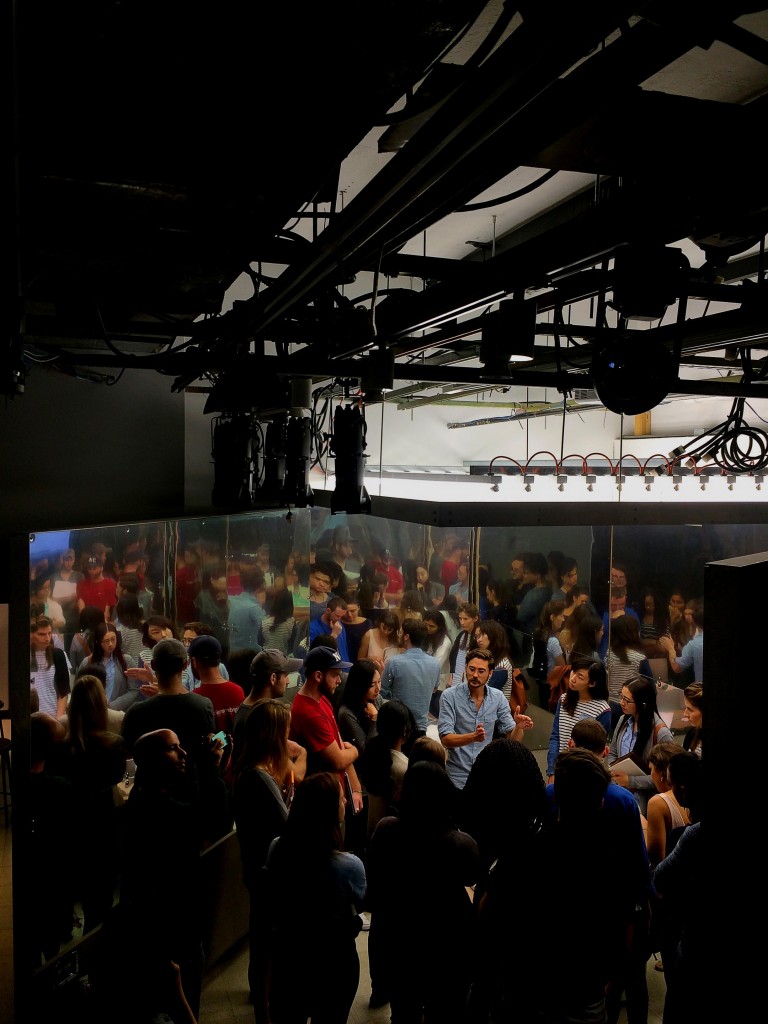Graduate Students Explore the Effects of Light on Space

This fall, SCE graduate students had the opportunity to delve deeply into the myriad effects of light on space and spatial perception. In the first part of a two part series on light and constructed space, Marina Cunha and Stephen Finney – both graduates of the Double Major Interior Design/Lighting Design MFA program and SCE faculty – led a workshop on model photography as a tool for documenting and understanding light. In particular, the discussion revolved around linking the camera and the eye as a way to understand visual adaptation. By adjusting the exposure settings on the camera, students could photograph their models not only from an omniscient “outsider” viewpoint, but also as one might experience the space as their pupils contract or dilate. This ocular sequence could either occur through the bodily movement from a dark space to a bright space (and vice versa) or from the celestial movement of the sun while a body remains in a fixed space. In the image above, Stephen Finney stands inside the School of Constructed Environments’ diffuse sky simulator and shows methods of photographing a physical model.
The second part of the series provoked the students to move from documentation to representation of light. By “learning how to look,” one could move from defining space through light to defining the narrative fabric of architecture with light. The topic was examined through the dissection of film, visual art, and architectural drawings that dealt with both interior and exterior constructed spaces.
